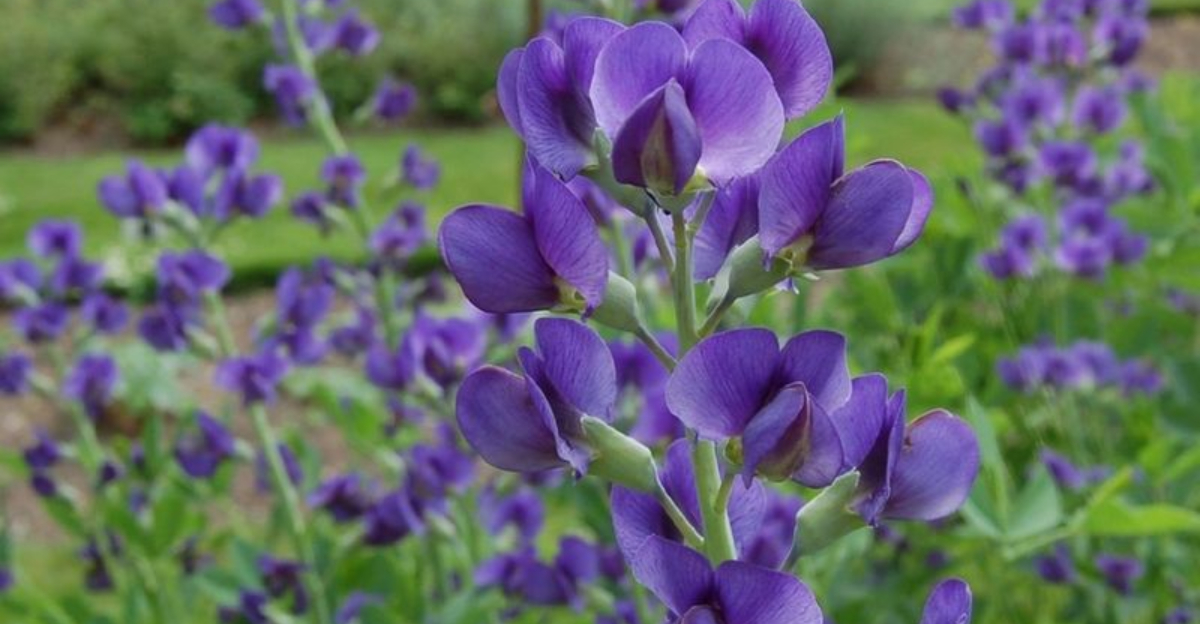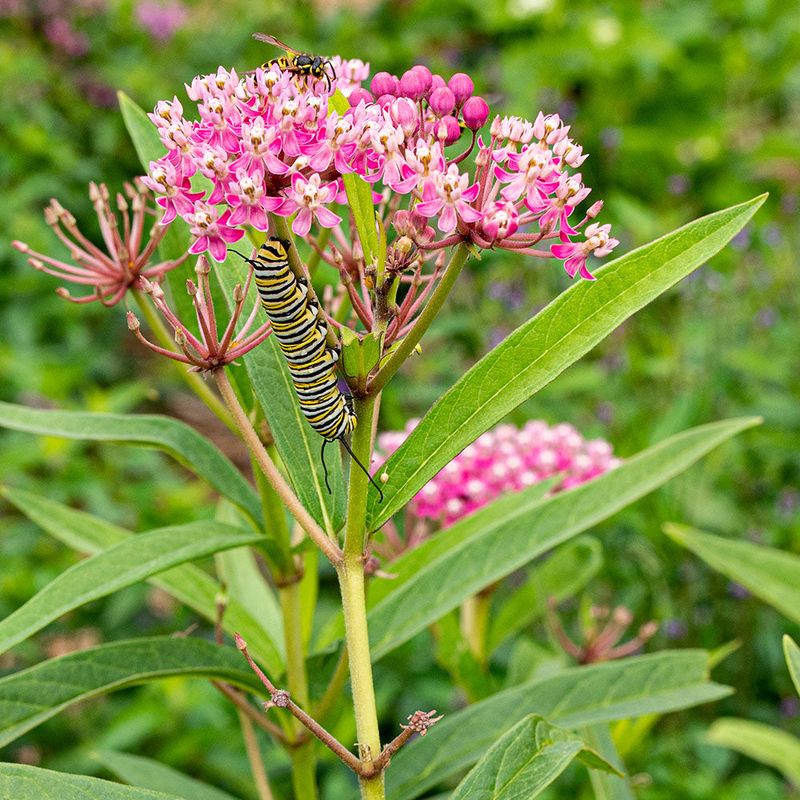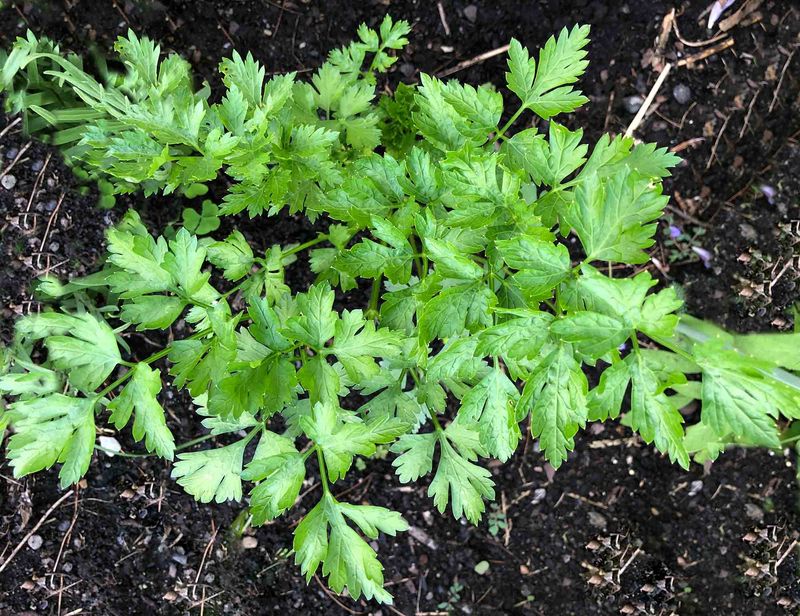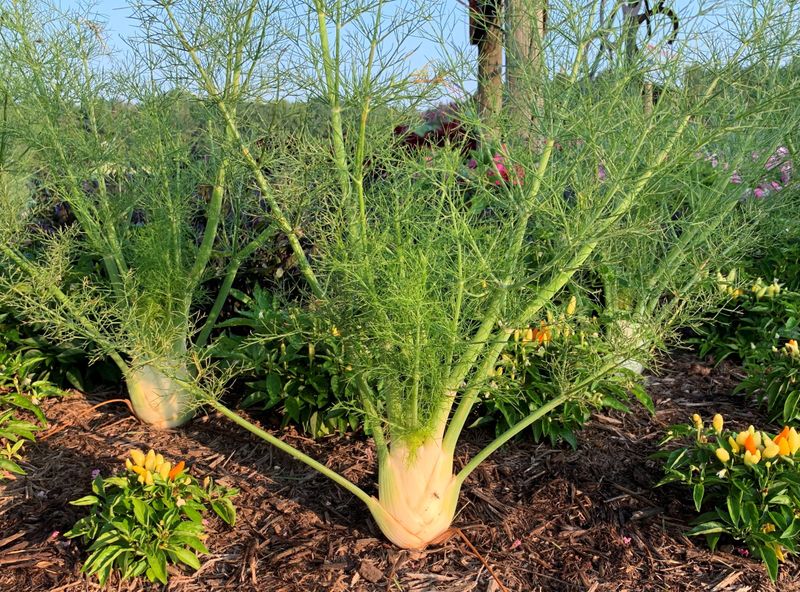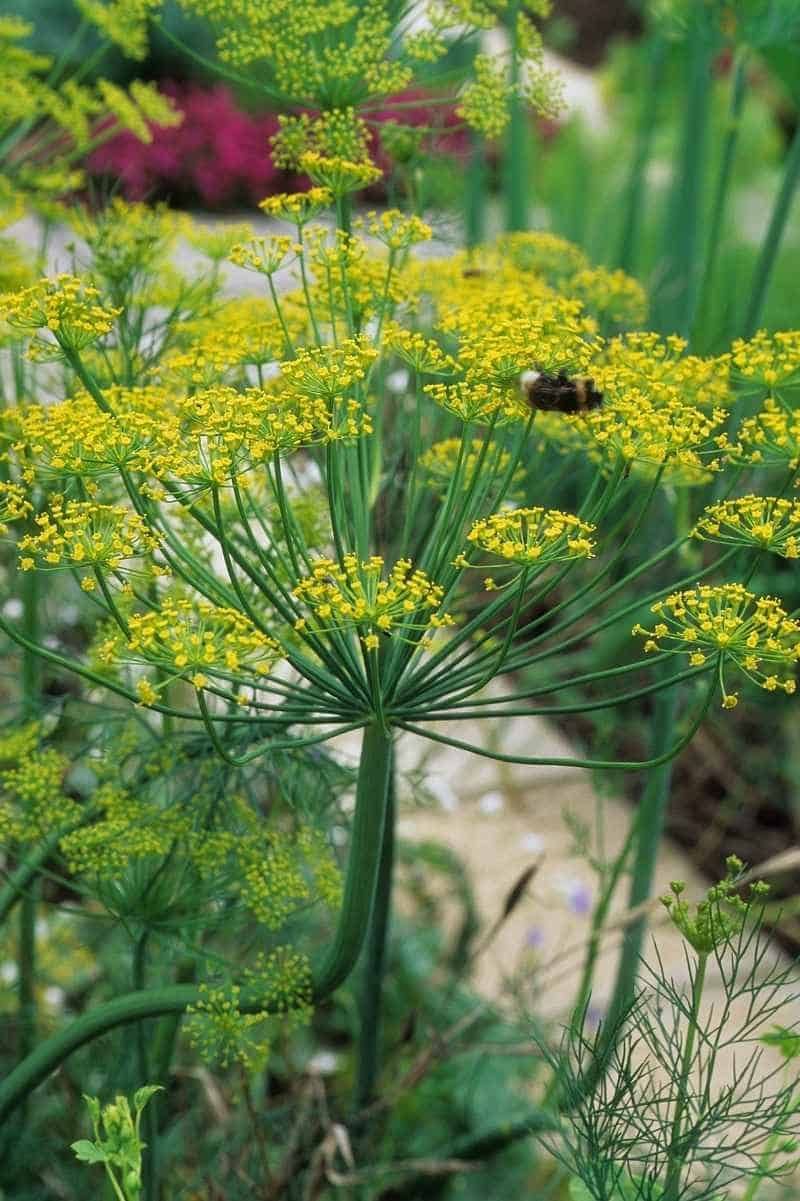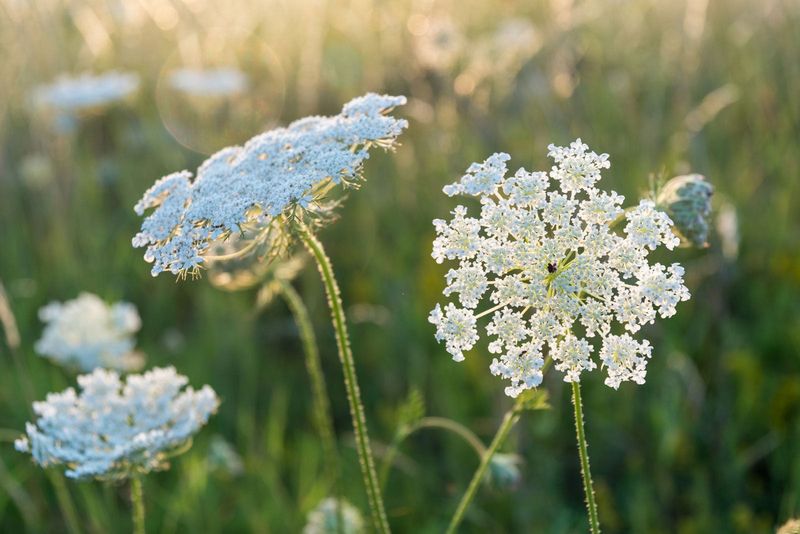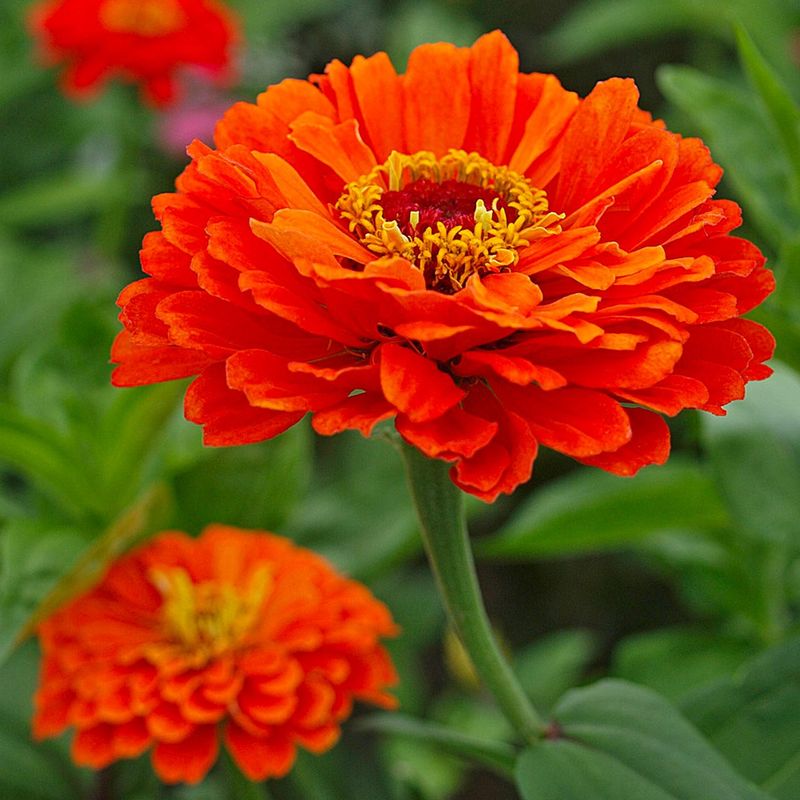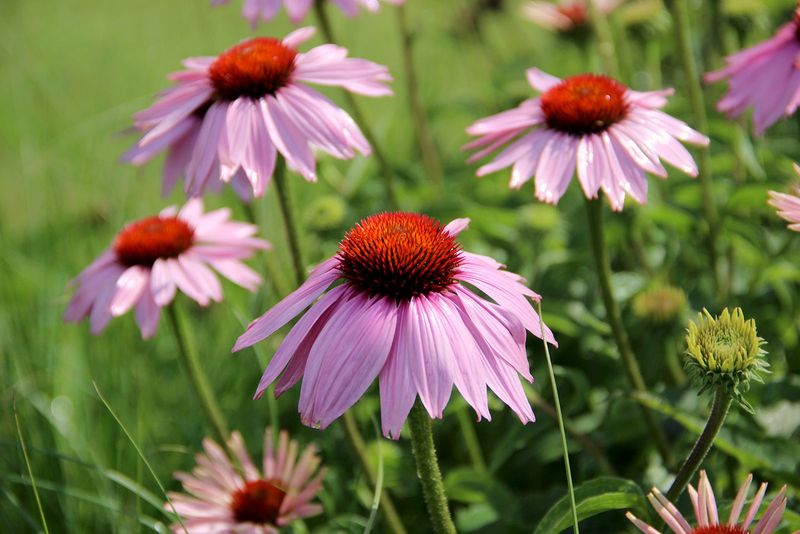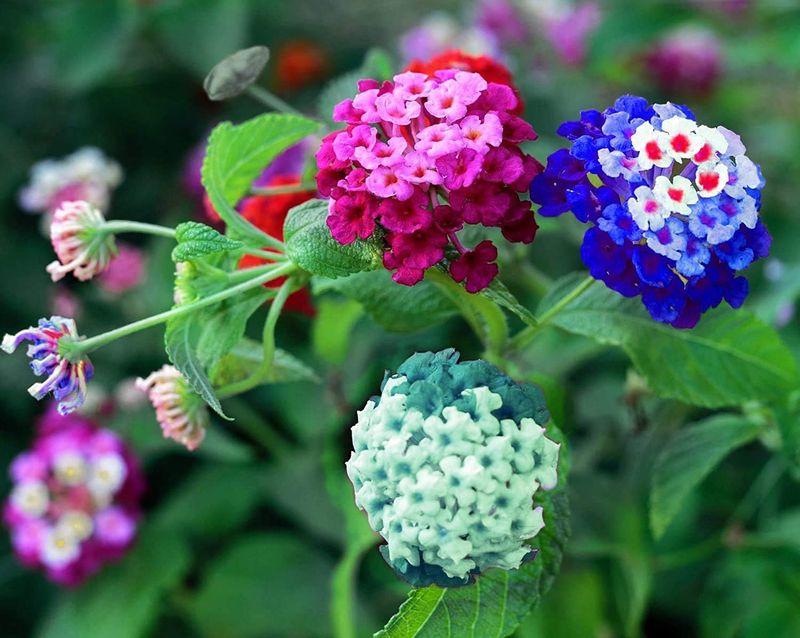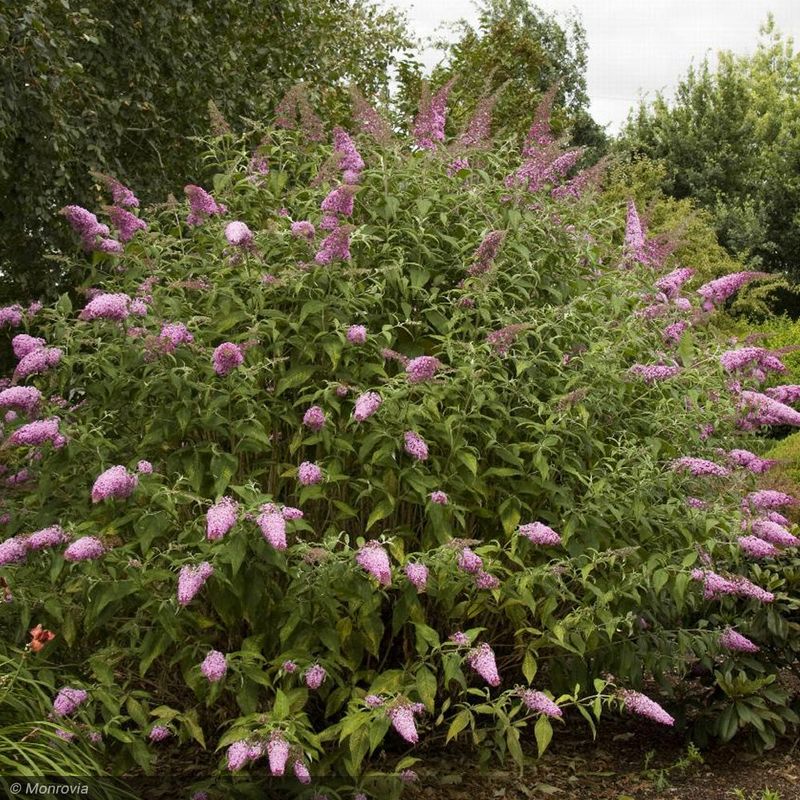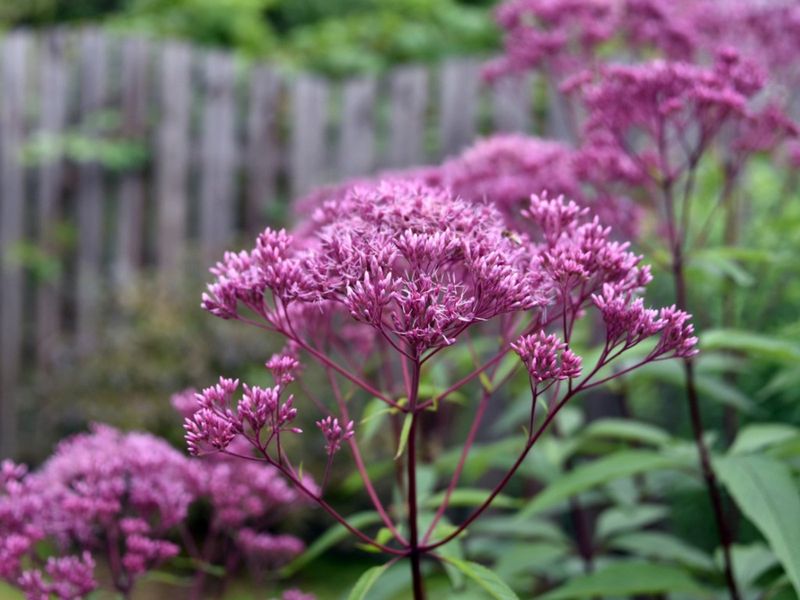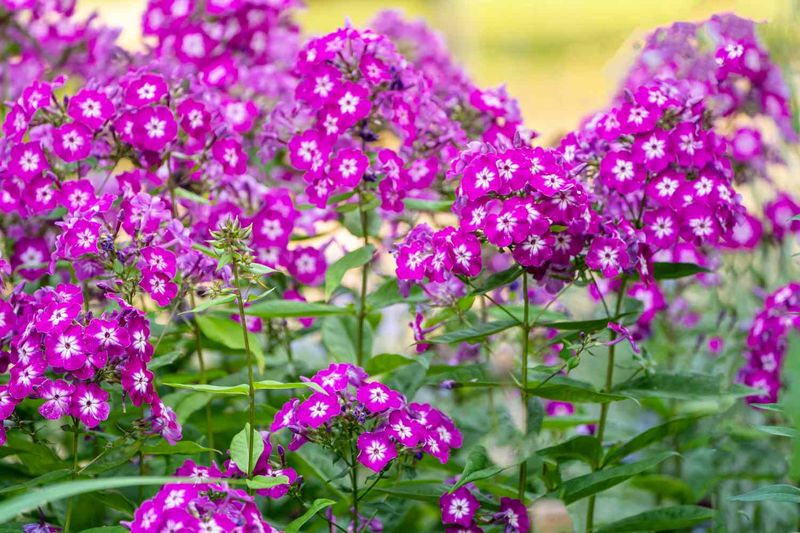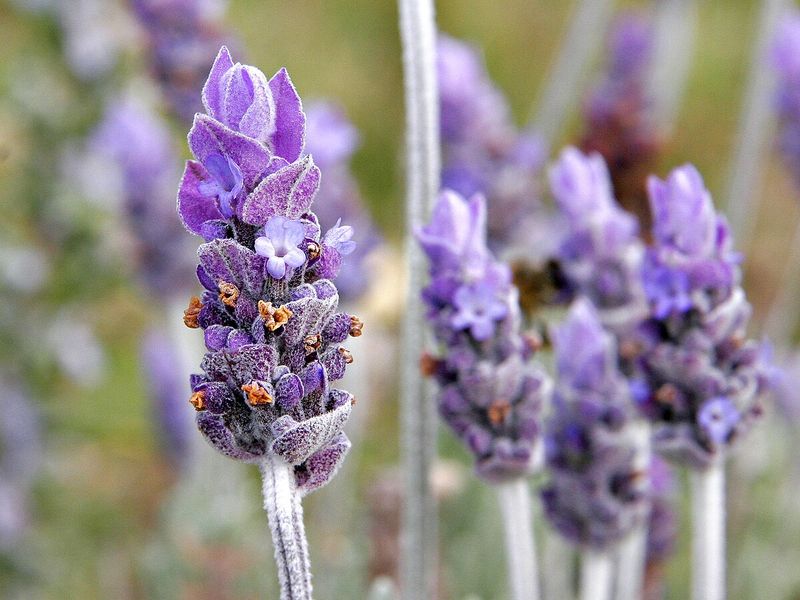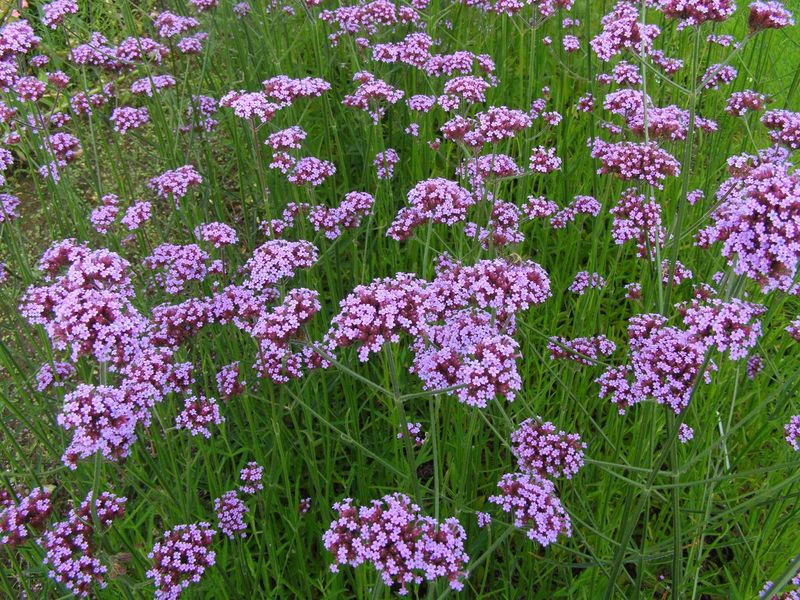Swallowtail butterflies are among the most captivating insects, known for their vibrant colors and graceful flight. Attracting these stunning creatures to your garden not only enhances its beauty but also aids in pollination.
To draw swallowtail butterflies, consider incorporating the following plants into your landscape. These plants provide essential nourishment and habitat, enticing these delicate pollinators to visit and linger.
1. Milkweed
Milkweed is a vital plant for many butterfly species. It offers both a food source and a breeding ground, particularly for monarchs, but swallowtails also enjoy visiting its bright blooms.
This plant thrives in sunny spots, making it an excellent choice for garden borders. Its vibrant orange flowers stand out, attracting butterflies from afar. Planting milkweed not only beautifies your garden but also supports butterfly conservation efforts.
Keep the soil well-drained and ensure the plant receives ample sunlight. Milkweed’s resilience makes it a hardy choice for gardeners wishing to attract more wildlife.
2. Parsley
Parsley is more than just a culinary herb; it’s a favorite of swallowtail butterfly caterpillars. These caterpillars feed on the leaves, providing a fascinating life cycle display in your garden.
Plant parsley in a sunny or partially shaded spot to encourage growth. It’s a biennial herb, giving you two years of butterfly attraction. The plant’s feathery foliage adds texture to garden beds, and its small flowers also attract other pollinators.
Including parsley in your garden supports the full butterfly life cycle, from egg to caterpillar to beautiful swallowtail.
3. Fennel
Fennel is a host plant for swallowtail butterflies, providing essential nourishment for their caterpillars. This herb’s feathery foliage offers a unique texture in the garden, making it both functional and ornamental.
Fennel grows best in sunny locations, requiring well-drained soil and regular watering. Its yellow flowers bloom in summer, adding a splash of color that attracts various pollinators.
The plant can become quite large, so consider its placement carefully. By planting fennel, you’re not only adding beauty but also supporting the butterfly population in your area.
4. Dill
Dill is another excellent choice for attracting swallowtail butterflies. Its leaves are a food source for caterpillars, while its yellow flowers draw adult butterflies. Dill thrives in a sunny spot with well-drained soil, requiring regular watering to flourish.
This annual herb can self-seed, providing a continuous butterfly attraction. Besides its ecological benefits, dill is a versatile culinary herb, enhancing the flavor of many dishes.
Plant dill in clusters to maximize its visual and ecological impact, and enjoy watching the life cycle of swallowtails unfold in your garden.
5. Queen Anne’s Lace
Queen Anne’s Lace, with its delicate white flowers, is a magnet for swallowtail butterflies. This plant, often found in wildflower meadows, adds a touch of elegance to any garden.
It thrives in full sun and well-drained soil, making it an easy addition to your landscape. The intricate flower clusters provide nectar for butterflies while offering a picturesque scene.
Queen Anne’s Lace is a biennial, ensuring it returns year after year. By planting it, you’re creating a welcoming environment for swallowtails and other pollinators to enjoy and thrive.
6. Zinnia
Zinnias are known for their vibrant colors and ability to attract swallowtail butterflies. These annuals bloom all summer, providing consistent nectar sources. Plant zinnias in sunny locations with well-drained soil to see them thrive.
Their bold hues, ranging from reds to purples, make them a garden favorite. Butterflies are drawn to their open blooms, which make feeding easy. Zinnias also attract other pollinators, creating a lively garden ecosystem.
Regular deadheading will encourage more blooms and prolong their presence. Planting zinnias ensures a colorful, butterfly-friendly garden.
7. Coneflower
Coneflowers are a classic choice for butterfly gardens, particularly attractive to swallowtails. Their large, daisy-like blooms provide ample landing space and abundant nectar.
These perennials thrive in sunny spots with well-drained soil, making them low-maintenance and drought-tolerant. Coneflowers come in various colors, but the traditional purple variety is a favorite among pollinators.
Besides butterflies, they draw bees and birds, enhancing biodiversity. Deadheading can prolong the blooming period, ensuring a long-lasting display. Incorporating coneflowers into your garden invites a host of wildlife, creating a vibrant outdoor space.
8. Lantana
Lantana is a tropical plant that attracts swallowtail butterflies with its clusters of small, tubular flowers. These blooms come in a variety of color combinations, adding visual interest to any garden.
Lantana thrives in full sun and well-drained soil, making it an excellent choice for borders or container gardens. Its long blooming season ensures a steady supply of nectar, drawing butterflies throughout the warmer months.
Besides its beauty, lantana is drought-tolerant and easy to care for. Adding lantana to your garden will not only attract butterflies but also add a splash of color.
9. Butterfly Bush
The butterfly bush is aptly named for its ability to attract a wide variety of butterflies, including swallowtails. Its elongated flower spikes, often in shades of purple, provide easy access to nectar.
This shrub thrives in sunny areas with well-drained soil, offering a long blooming period from summer into fall. Its fast growth and striking appearance make it a popular garden choice.
While beautiful, it’s essential to manage its growth, as it can become invasive in some regions. By planting butterfly bushes, you enhance your garden’s allure for butterflies and other pollinators.
10. Joe Pye Weed
Joe Pye Weed is a towering perennial known for attracting swallowtail butterflies. Its clusters of pink flowers provide abundant nectar, making it a favorite in butterfly gardens. This plant thrives in full sun or partial shade with moist, well-drained soil.
Its tall stature makes it an excellent backdrop for lower-growing plants. In addition to butterflies, Joe Pye Weed attracts bees and other beneficial insects.
Its presence in the garden not only adds height and color but also supports a thriving ecosystem. Including Joe Pye Weed ensures a lively and butterfly-friendly garden.
11. Wild Indigo
Wild indigo, with its striking blue flowers, is a magnet for swallowtail butterflies. It’s a hardy perennial that thrives in full sun and well-drained soil. This plant provides food for both adult butterflies and their larvae, ensuring a full life cycle support.
Wild indigo is drought-tolerant and low-maintenance, making it a practical choice for butterfly enthusiasts. Its unique color and form add diversity to garden beds, while its ecological benefits enhance garden biodiversity.
By including wild indigo, you’re creating a supportive environment for swallowtails and other pollinators.
12. Phlox
Phlox is known for its fragrant blooms and ability to attract swallowtail butterflies. This perennial comes in various colors, with pink and purple being popular among gardeners.
Phlox thrives in sunny spots with well-drained soil, requiring regular watering to maintain its lush appearance. Its clusters of small flowers provide nectar and a pleasant fragrance, drawing butterflies and other pollinators.
Phlox’s long blooming season ensures continuous color and activity in the garden. Incorporating phlox into your landscape offers aesthetic appeal and ecological benefits, supporting a vibrant butterfly population.
13. Lavender
Lavender is renowned for its aromatic foliage and purple flowers that attract swallowtail butterflies. This perennial thrives in sunny, well-drained areas, offering a drought-tolerant option for gardeners.
Lavender’s scent not only pleases human senses but also draws butterflies, creating a lively garden scene. Its blooms provide nectar throughout the summer, supporting butterfly populations.
Besides its ecological benefits, lavender is a versatile herb used in aromatherapy and cooking. By planting lavender, you add beauty, fragrance, and butterfly appeal to your garden, making it a multi-functional addition.
14. Verbena
Verbena is a versatile plant that attracts swallowtail butterflies with its vibrant, nectar-rich blooms. It thrives in sunny locations with well-drained soil, offering a low-maintenance option for gardeners.
Verbena’s long blooming season ensures continuous butterfly attraction throughout the warmer months. Its flowers come in a range of colors, adding visual interest to borders and containers.
Besides butterflies, verbena also attracts bees and other pollinators, supporting garden biodiversity. By incorporating verbena into your landscape, you create a colorful and inviting environment for swallowtails and other beneficial insects.
15. Goldenrod
Goldenrod is a late-blooming perennial that attracts swallowtail butterflies with its bright yellow flowers. This plant thrives in full sun and well-drained soil, providing a burst of color in the fall garden.
Its tall flower spikes offer nectar to butterflies and other pollinators at a time when few other plants are blooming. Goldenrod is easy to grow and supports garden biodiversity, enhancing the ecological balance.
Though sometimes mistaken for a cause of allergies, goldenrod is harmless and beneficial. Including goldenrod ensures a vibrant, butterfly-friendly garden space into the fall months.
